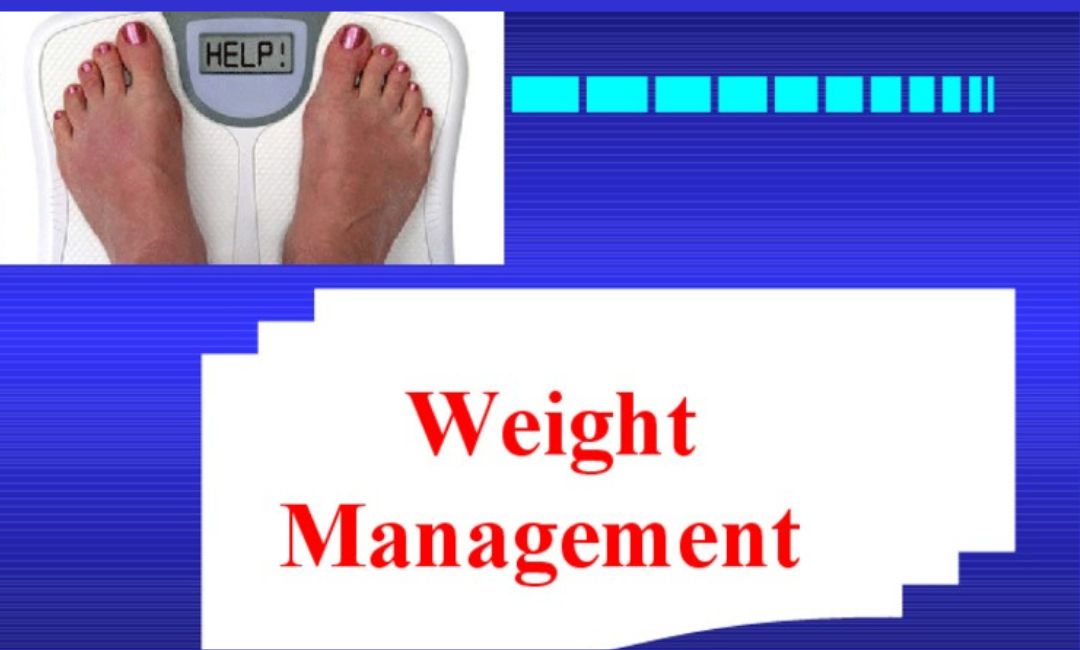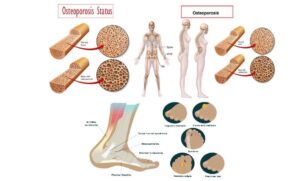Our minds automatically focus on weight reduction whenever someone mentions weight management. Weight management spans beyond seeking favorable numbers on your weight scale. Weight management focuses on protecting our health, boosting our energy, and defending us from developing chronic diseases.
Current discussions exclude widespread weight management suggestions. The DASH diet stands as our main focus since we examine its role in long-term wellness, together with its preventive benefits for cases of cardiovascular disease (CVD) and type 2 diabetes (T2D). For detailed guidance on dietary choices for diabetic patients, see our comprehensive article.
What is Dietary Pattern-Based Weight Management?
Dietary Pattern-Based Weight Management describes the strategy for achieving weight goals.
Modern research, together with nutritional guidelines, promotes food pattern analysis instead of just counting calories because this investigates regular eating habits combined with food preparation methods.
Weight reduction through this method additionally enables blood pressure control and cholesterol regulation, and manages blood sugar levels alongside inflammation, which are all related to chronic diseases.
DASH Diet: Heart-Healthy Lifestyle Plan Exists to Benefit Consumers
The DASH diet stands as one of the most thoroughly studied dietary patterns because it serves to control weight while protecting from diseases through its Dietary Approaches to Stop Hypertension program.
The DASH diet came into existence through the work of the National Heart, Lung, and Blood Institute to help people manage their blood pressure without medicine. But it does so much more.
Key Principles of the DASH Diet:
| Food Group | Servings per Day (Based on 2,000 calories) | Examples |
| Grains | 6–8 | Whole wheat bread, brown rice |
| Vegetables | 4–5 | Broccoli, carrots, spinach |
| Fruits | 4–5 | Apples, oranges, bananas |
| Low-fat Dairy | 2–3 | Yogurt, skim milk |
| Lean Meats | ≤ 6 oz | Chicken, turkey, fish |
| Nuts & Legumes | 4–5 per week | Almonds, lentils, chickpeas |
| Fats & Oils | 2–3 | Olive oil, canola oil |
| Sweets | ≤ 5 per week | Dark chocolate, fruit sorbet |
How DASH Helps Manage Weight?
The DASH plan does not serve as a weight-loss diet design, yet it contains a natural limitation of certain food groups, including fat, added sugar, and sodium, along with processed foods.
- Saturated fat
- Added sugars
- Sodium
- Processed foods
This food combination offers high fiber and protein contents, which enhance your feelings of fullness throughout the day. Stabilized blood sugar levels through this diet result in a reduction of those sudden energy drops, which normally produce food cravings.
Researchers from a 2016 Obesity Reviews study found that following the DASH dietary plan reduced body weight in overweight participants during 12 weeks, with added physical exercise. For personalized health assessments, you can use our BMI Calculator, Ideal Body Weight Calculator, and Water Intake Calculator.
DASH and Cardiovascular Disease (CVD)
Heart disease continues to be the leading cause of death throughout the world. The majority of risk factors stem from diet because they include high blood pressure, as well as cholesterol levels and obesity, and inflammation.
The DASH diet specifically addresses the risk factors it targets.
| Nutrient | Role in Heart Health | DASH Food Sources |
| Potassium | Lowers blood pressure | Bananas, sweet potatoes, beans |
| Magnesium | Regulates heartbeat | Nuts, spinach, and whole grains |
| Calcium | Helps blood vessels contract/relax | Low-fat dairy, leafy greens |
| Fiber | Reduces cholesterol | Whole grains, fruits, legumes |
Assessments of the original DASH study demonstrate how this eating pattern decreases systolic blood pressure by 8–14 mmHg levels. The blood pressure reduction matches the results that certain medications produce.
Research published in The American Journal of Clinical Nutrition showed that DASH dieters reduced their chance of cardiovascular events by 20% when compared to non-DASH followers during the meta-analysis in 2020. To learn more about personalized guidance and support for adopting healthy dietary habits, book a free consultation.
DASH and Type 2 Diabetes (T2D)
The DASH diet reveals a remarkable dual function because it brings much more than cardiovascular support to users. The diet serves as an effective way to handle insulin resistance while decreasing the probability of developing type 2 diabetes.
- T2D develops most frequently among people who experience obesity along with abdominal weight gain. Multiple strategies form the approach of the DASH diet to achieve its objectives.
- The low glycemic load system helps maintain stable blood sugar levels.
- The high fiber content slows down food digestion, together with glucose absorption.
- Lean proteins help build muscle mass, but they do not elevate blood sugar.
- The inclusion of low saturated fats helps decrease insulin resistance in the body.
- According to a 2021 Diabetes Care journal report, people who followed the DASH eating plan decreased their T2D development risk by 34% over five years when compared with those not maintaining the diet.
Weight Loss and Long-Term Success
The health benefits of moderate weight reduction, amounting to 5% to 10% of body weight, produce significant improvements in:
- Blood pressure
- Cholesterol
- A1C (a key diabetes marker)
- Inflammatory markers (like CRP)
The DASH diet promotes gradual weight reduction through safe mechanisms since it works best with controlled calorie reductions and regular exercise.
Sample DASH-Friendly Day for Weight Loss (1,600 calories):
| Meal | Food | Approx. Calories |
| Breakfast | Oatmeal with berries and almond milk | 300 |
| Snack | Low-fat yogurt with sliced banana | 150 |
| Lunch | Grilled chicken salad + olive oil vinaigrette | 400 |
| Snack | Carrot sticks + hummus | 150 |
| Dinner | Baked salmon, quinoa, steamed broccoli | 500 |
| Dessert | Small fruit bowl | 100 |
Tips for Staying on Track
When following the DASH diet for weight control, you do not need to stop consuming all your favorite foods. Weight control through DASH depends on choosing wiser foods while achieving better nutrition step by step.
Try these tips:
- Your weight challenge becomes simpler when you begin by adding another serving of vegetables to your daily diet.
- The routine change of grains should involve choosing brown rice instead of white rice, together with whole-grain pasta instead of standard pasta.
- You should eliminate salt while cooking with spices and herbs.
- Your portions should be small while you verify food labels through this method.
- The heart benefits from regular physical activity as well as weight management, since a brisk half-hour walk each day will help improve both outcomes.
Conclusion
The path to body weight management needs precision as much as it requires ongoing healthy practices. When you follow the structured eating pattern of DASH, you will achieve weight loss and simultaneously protect your heart health. This lifetime server represents a beneficial contribution to your heart condition and pancreatic condition, as well as your general well-being. For more guidance on balanced nutrition and wellness, visit our home page.
The combination of whole foods along with essential nutrients and balanced eating over restricted diets will help you lose weight and establish better health outcomes.






